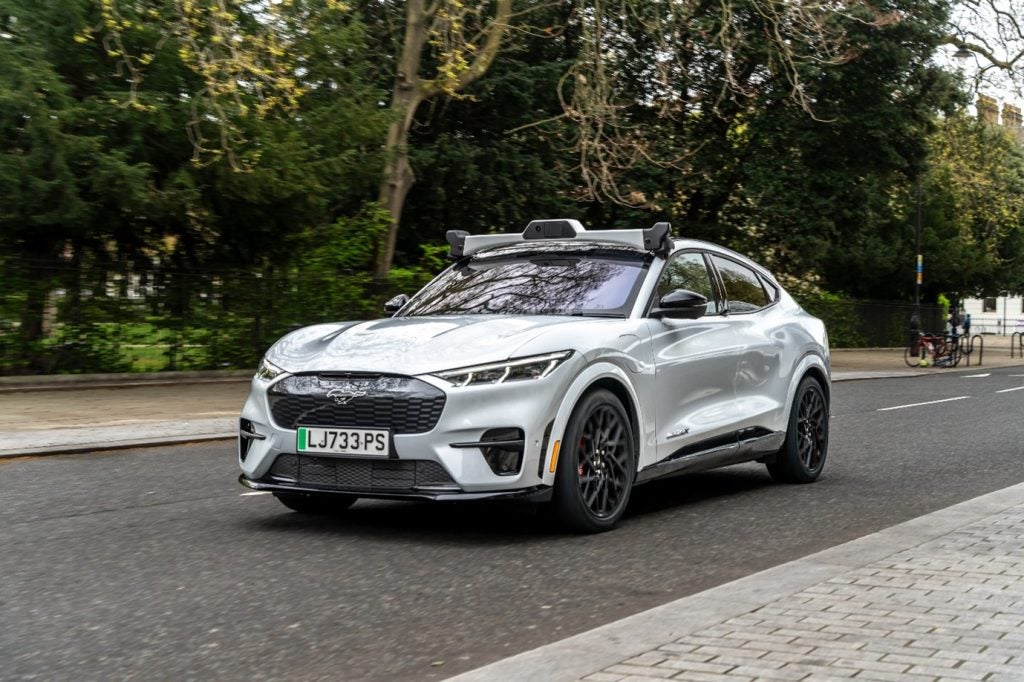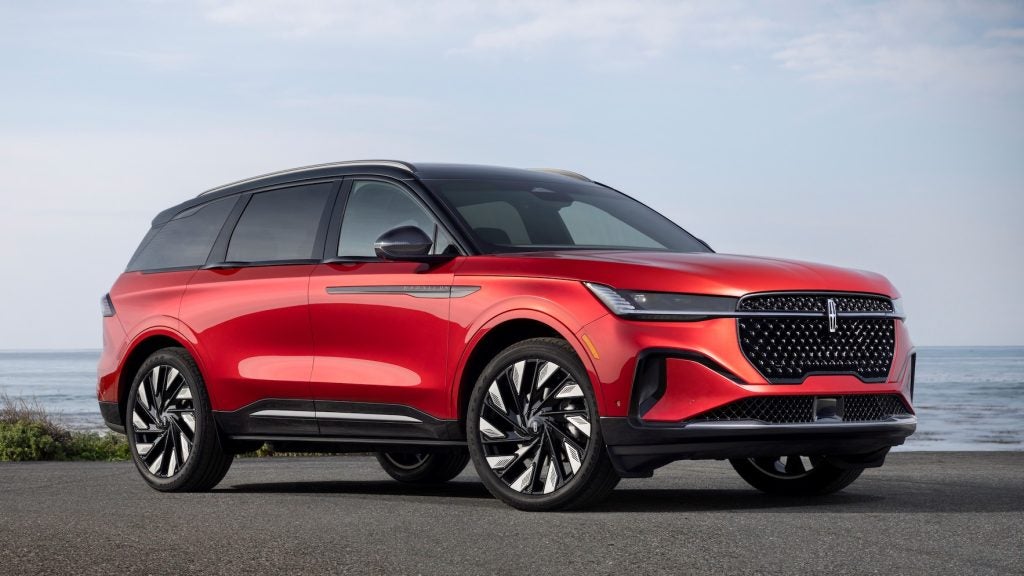Car manufacturers are claiming fuel economy figures for their products which bear little relation to reality and often exaggerate actual consumption by 25% or more, claims former Reuters motor industry writer Neil Winton on his website www.wintonsworld.com.
Winton’s experience has been reflected in comparisons by a leading motoring magazine and in other recent media reports.
Winton tests cars for the website and says he covers at least 600 miles in each vehicle, combining motorway and country lanes, with minimum urban driving.
Winton says the car companies conduct their own fuel consumption tests under rules covered by a European Union directive. This produces official figures for ‘urban’ and ‘extra urban’ driving plus an average ‘combined’ figure.
According to Winton the good news is that this method brings consistency across the board. The bad news is that testing for miles per gallon is conducted in laboratories with little relevance to the real world.
How well do you really know your competitors?
Access the most comprehensive Company Profiles on the market, powered by GlobalData. Save hours of research. Gain competitive edge.

Thank you!
Your download email will arrive shortly
Not ready to buy yet? Download a free sample
We are confident about the unique quality of our Company Profiles. However, we want you to make the most beneficial decision for your business, so we offer a free sample that you can download by submitting the below form
By GlobalDataWinton says a buyer of a new car will focus on the official ‘combined’ figure when filling up a car and calculating fuel economy.
But, he claims, disappointment is guaranteed.
During his test, the Toyota Prius, a leading-edge technology, petrol-electric hybrid which only exists because of its supposed incredible economy, failed to measure up to its claims of 57.6 miles to the gallon, falling short by a “shocking” 33.9%.
Other cars which failed to live up to manufacturers claims by more than 20% included the BMW 330D, Audi A2, Honda Jazz, Mercedes A class, and the Ford Mondeo 1.8 LX.
Cars falling short of the official ‘combined’ figure by more than 25% included the Peugeot 307, Nissan Primera and Honda Civic CTD.
The Renault Clio 1.5dCi and the Renault Espace 2.2 dsl missed by more than 30%.
“Challenged to explain the shortfall, Toyota asked ‘Did you drive it on many motorways?’ ” Winton said.
“I said ‘yes’.”
“Well it’s not designed for cruising at motorway speeds,” Toyota responded.
“Fair enough, but you can bet your boots that this is never pointed out to a potential Prius buyer by a Toyota dealer,” Winton said.
Winton has compiled a table for his website comparing his test results with the official figures and says the BBC’s Top Gear magazine has also tested car manufacturers’ claims in a recently published report that showed shortfalls of between 11.6% and 30.7%.
“Most road tests that you read in newspapers and magazines never give a real world figure for fuel consumption. The reports almost always quote the manufacturer’s figures. This is because most road tests are often too limited in time to produce meaningful fuel consumption returns. Buyers of new cars soon find out the awful truth, but by then it is too late,” Winton said.
“Maybe journalists should hang on to cars a bit longer to verify fuel consumption, as well as the more obvious qualities of the car,” he added.
Winton said that, in a recent Daily Mail newspaper article, the buyer of a Renault Espace complained that he only spent more money on a diesel version because of the economy claims by Renault but his minivan failed to live up to its economy claims.
The buyer complained to the Advertising Standards Authority, which said it could do nothing because Renault had used official methods to determine fuel consumption.
“My own BMW 330d (a three-litre diesel) has never got close to matching the economy figures which appear in the brochure – official combined 42.2 mpg compared with ‘real world’ 32.5 mpg,” Winton said.
“The economy is barely better than the petrol-powered 323i (2.5 litre petrol).
“A reporter on What Car magazine recently described the BMW 330d as having a fantastic amount of what he called get-up-and-go, but this induced the fuel economy to do likewise.
“My BMW dealer, saying that there was nothing wrong with the car after it had notched up about 5,000 miles, said, don’t worry, it will probably improve after about 15,000 miles.”
Winton said car manufacturers should deal with the fuel consumption figure disparity before it gets out of control.
“The last thing they need is for politicians and regulators in Brussels to find another stick to beat them with. They are going to have to change the system to a method which will mean a little more honesty and modesty and which will remove another way of getting up their customers’ noses.
“It seems to me that car manufacturers are hiding behind these rules from Brussels to inflate the fuel economy capabilities of their cars and get an unfair advantage in the marketplace.”
“They all seem to be doing it, but when you get right down to it, it’s in their own interests to change the system. It can’t make sense for the manufacturers to know that after they fill their tanks up for the first time customers are going to be dissatisfied, then they’ll start ringing their dealers, and end up getting downright angry about it,” Winton added.







